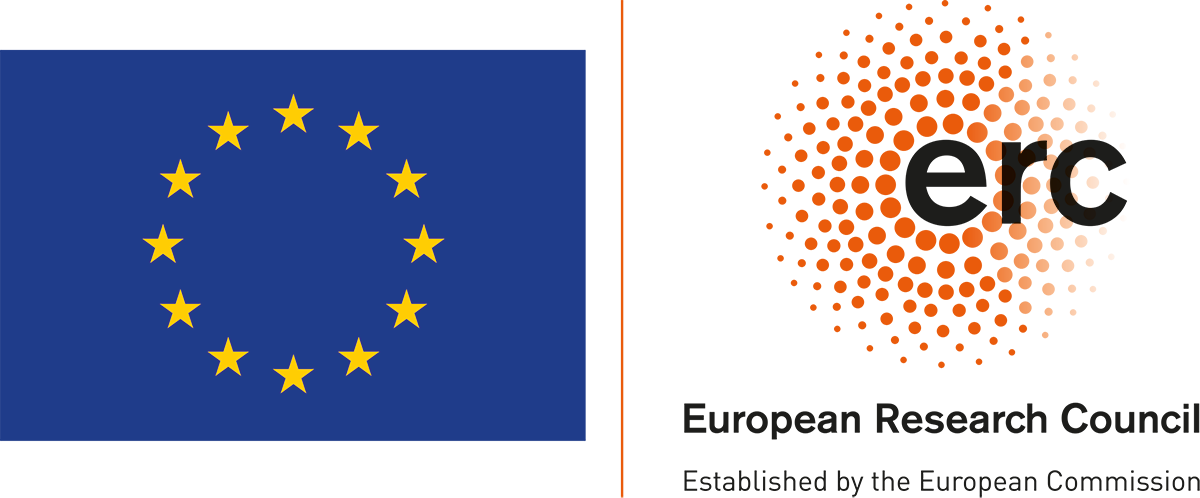The making of evidence to prove crimes in legal proceedings include the use of science. Hence, evidence is co-constituted by science and law. Evidence transforms in its trajectory from the scene of the crime to the courtroom. It experiences changes all the way from the molecular level as represented in collected biological samples to the overall appearance of evidence in court. Through these transitions the meaning of the evidence is shaped and stabilized. While all elements of evidence are under negotiation they consolidate and crystallize as facts over time. These processes are shaped by and shape medical, legal and lay understandings and knowledges, which create legible and legitimate knowledge.
This conference addresses all these transformations. It is organized along three moments:
- The initial translation of acts and traces into knowledge that can be processed further
- The interpretations and communications that make evidence assume meaning
- The turn from meaning to facts about the case
The first moment of knowledge production refers to the ways in which forensic science applies different tools and procedures to translate acts and traces into knowledge that can be processed further. Such tools and professional techniques are designed to assemble and stabilize fragments of information. For example, through forensic medical examinations forensic examiners seize traces at the crime site. As traces may degrade over time, forensic examiners bag bodily bits and fluids to conserve the clues that can be used in a future trial. This matter can be used to map bodily movements, connections, and interactions to piece together acts of the past. Forensic tools, then, stand at the beginning of the knowledge chain that seeks to turn acts of the past into future evidence.
A second moment is when forensic knowledge is interpreted and imbued with meaning to gain weight in the criminal justice process. After forensic knowledge has been established, the indicators are presented verbally and figuratively in a report that is communicated across institutional and professional domains. During this journey, different actors interpret traces and forensic knowledge. This is a second instance of knowledge exchange and co-constitution.
In a third moment these different knowledge fragments are interpreted in the context of the case. This ultimately leads to the establishment of facts that legal adjudication can be based on. How do forensic imaginaries shape scientific and technological developments, institutional practices and defense strategies? What are the translations, communications and professional collaborations that shape evidence? And what will the future journey of evidence look like?
This conference includes key notes and papers that address all three moments in the journey of evidence. The conference is organized by the research project "Medical, legal and lay understandings of physical evidence in rape cases" (Evidently Rape) in collaboration with Digital DNA. Evidently Rape bridges medicine, social science and law to explore how evidence is collected, interpreted, translated and communicated by professionals acting on different mandates and understandings of knowledge. Digital DNA studies the changing relationships between DNA, evidence and digital technologies.
Participating in the conference is free, and lunch for both days and conference dinner are included. Non-presenting participants must pay for travels and accommodation themselves.
Registration is now closed. If you wish to participate in the conference, please contact Maud Hol (maud.hol@jus.uio.no).
Streaming of the event
Here you can follow the event online.
Programme: November 29th
| 09:30-09:45 | Welcome |
| 09:45-11:15 |
Key Notes 1: Tools for Stabilization |
| 11:15-11:45 | Break |
| 11:45-12:45 |
Papers |
| 12:45-13:30 | Lunch |
| 13:30-15:00 |
Key Notes 2: Translations of Traces |
| 15:00-15:15 | Break |
| 15:15-16:30 |
Papers |
| 16:30-16:45 | Closing |
| 18:00 | Dinner |
Programme: November 30th
| 09:00-10:30 |
Key Notes 3: Institutional Knowledge Practices |
| 10:30-11:00 | Break |
| 11:00-12:00 |
Papers |
| 12:00-12:50 |
Discussion: Facts and Futures |
|
12:50-13:00 |
Closing
Lunch |
About the research projects
- "Evidently Rape" bridges medicine, social science and law to explore how evidence is collected, interpreted, translated and communicated by professionals acting on different mandates and understandings of knowledge.
- "Digital DNA" studies the changing relationships between DNA, evidence and digital technologies.
Financing
The main financier for the conference, "Evidently Rape", is funded by UiO:Life Science.
The conference is also co-financed by the research project "Digital DNA" which is funded by European Research Council (ERC) under the European Union's Horizon 2020 research and innovation programme. Grant agreement No. 947681 (ERC Starting Grant 2020).
